Hi GPODers!
We’re back in Caroline’s Ontario garden to see more of her pollinator paradise. Check out Part 1, if you missed it yesterday, and read the paragraph below for a refresher on Caroline’s property:
Greetings again from our very snowy farm! We are expecting another wallop of snow this week which makes it feel like the snowiest winter in recent memory. Thank you for featuring some of my winter photos, so I thought I would switch gears and send you some pictures of pollinators. We are fortunate to have a very large property and have spent the last couple of years transitioning from a working sheep farm to a rural escape that is a refuge for all kinds of creatures. We have been adding more native plants to the gardens and have been rehabilitating the area around our large farm pond. A former hay field is now becoming a meadow and we are working on developing an arboretum. Our property has always been free of the use of any chemicals and we believe that this has contributed to the diversity of birds and insects.
We start today with our first glimpse of Caroline’s lush garden beds in summer! We’ve seen a lot of this landscape buried in drifts of snow, so it’s thrilling to see some of what emerges long after the snow melts. Caroline plans on sharing more photos this year, and I’m excited to see her gardens in the months to come.
In the first photo of Caroline’s gardens we see a large planting of bee balm, which looks to be the native scarlet bee balm (Monarda didyma, Zones 4–8). The monarda above looks a lighter in color, but I’m guessing it’s just an effect of the sun shining on the petals. Either way, this hummingbird clearwing moth (Hemaris thysbe) is still admiring and enjoying.
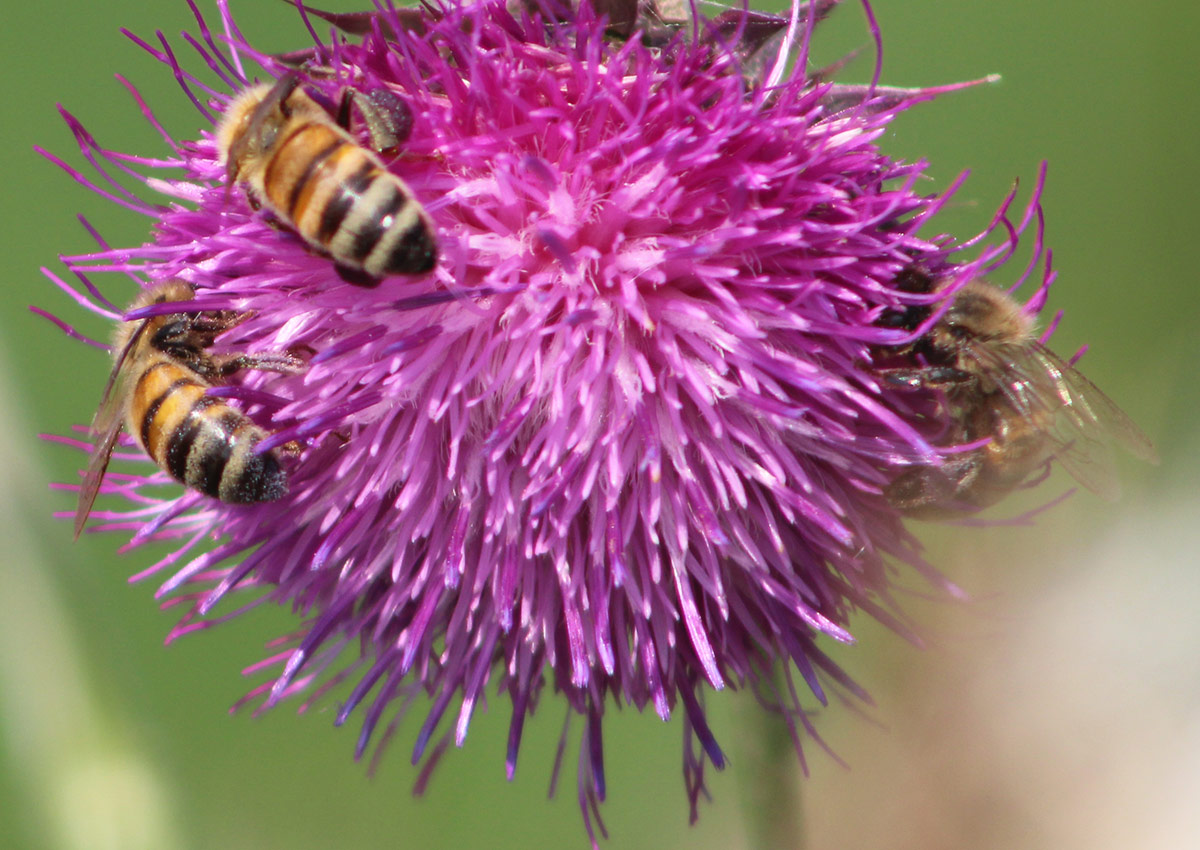 A mini swarm of bees has descended on this thistle! I was thinking that photographing one or two bees hard at work was impressive, but Caroline makes it all look easy.
A mini swarm of bees has descended on this thistle! I was thinking that photographing one or two bees hard at work was impressive, but Caroline makes it all look easy.
Of course, some insects are a little easier to snap a photo of. This snail is holding on tight and basking in the shade of a Queen Anne’s lace (Daucus carota) bloom. If you missed the comments Caroline and I made about Queen Anne’s lace yesterday, be sure to check out Part 1.
If you’ve been paying attention, you may have noticed a theme with Caroline’s bee photos. All of the flowers that the bees have been photographed on are either purple, blue or violet—and that’s no coincidence! While a human’s three photoreceptors pick up and create color combinations based on red, blue and green, bees base their colors on ultraviolet light, blue and green. This makes blue and purple flowers the easiest to see and the more likely to get pollinated by a passing bee. The brighter the flower the more likely it is to get noticed, however, a pristine orb of globe thistle (Echinops sphaerocephalus, Zones 3–9) will draw a crowd even with a more subtle lilac-white color.
Another purple flower that is popular with local buzzing bees is the anise hyssop (Agastache foeniculum, Zones 4–11).
We wrap up this batch of stunning photos with a beautiful purple and pink plant pairing. We saw some of this bright pink bee balm in the first photo, and it looks just as lovely backdropping a perfect bunch of anise hyssop.
Thank you so much for sharing all of these incredible photos with us, Caroline! Your garden is a true pollinator paradise, and I’m excited to see it continue to evolve and welcome more wildlife.
Are you daydreaming about the pollinators that will visit your garden this spring and summer? Did you get any photos of the wildlife that strolled through or found shelter your gardens this winter? Consider sharing your photos with Garden Photo of the Day! Follow the directions below to submit your photos via email, or send me a DM on Instagram: @agirlherdogandtheroad.
Have a garden you’d like to share?
Have photos to share? We’d love to see your garden, a particular collection of plants you love, or a wonderful garden you had the chance to visit!
To submit, send 5-10 photos to [email protected] along with some information about the plants in the pictures and where you took the photos. We’d love to hear where you are located, how long you’ve been gardening, successes you are proud of, failures you learned from, hopes for the future, favorite plants, or funny stories from your garden.
Have a mobile phone? Tag your photos on Facebook, Instagram or Twitter with #FineGardening!
Do you receive the GPOD by email yet? Sign up here.
Fine Gardening Recommended Products
Berry & Bird Rabbiting Spade, Trenching Shovel
Fine Gardening receives a commission for items purchased through links on this site, including Amazon Associates and other affiliate advertising programs.
Ideal Tool for All Gardeners Use: Our heavy duty trenching shovel is designed by a professional gardening tool designer. Lifetime Durability: This heavy duty drain spade is made of high-quality stainless steel, it is very strong and durable, even if it is used for high-strength work, it will not bend. Ergonomic Wood Handle: The handle of this planting spade is made of ash hardwood harvested from FSC-certified forests and has an ergonomically streamlined design, making it very suitable for everyone's hands. Multi-Use: This digging shovel is generally used for digging trenches, digging holes, transplanting, edging, moving compost, cutting thick turf and furrowing. The sharp blade allows you to cut, scoop, dig, lift and dice in hard soil.
The Nature of Oaks: The Rich Ecology of Our Most Essential Native Trees
Fine Gardening receives a commission for items purchased through links on this site, including Amazon Associates and other affiliate advertising programs.
The Nature of Oaks reveals what is going on in oak trees month by month, highlighting the seasonal cycles of life, death, and renewal. From woodpeckers who collect and store hundreds of acorns for sustenance to the beauty of jewel caterpillars, Doug Tallamy illuminates and celebrates the wonders that occur right in our own backyards. He also shares practical advice about how to plant and care for an oak, along with information about the best oak species for your area.
Attracting Beneficial Bugs to Your Garden, Revised and Updated Second Edition: A Natural Approach to Pest Control
Fine Gardening receives a commission for items purchased through links on this site, including Amazon Associates and other affiliate advertising programs.
This revised and updated edition of Jessica Walliser’s award-winning Attracting Beneficial Bugs to Your Garden offers a valuable and science-backed plan for bringing balance back to the garden. With this indispensable gardening reference—now updated with new research, insights, and voices—learn how to create a healthy, balanced, and diverse garden capable of supporting a hard-working crew of beneficial pest-eating insects and eliminate the need for synthetic chemical pesticides.
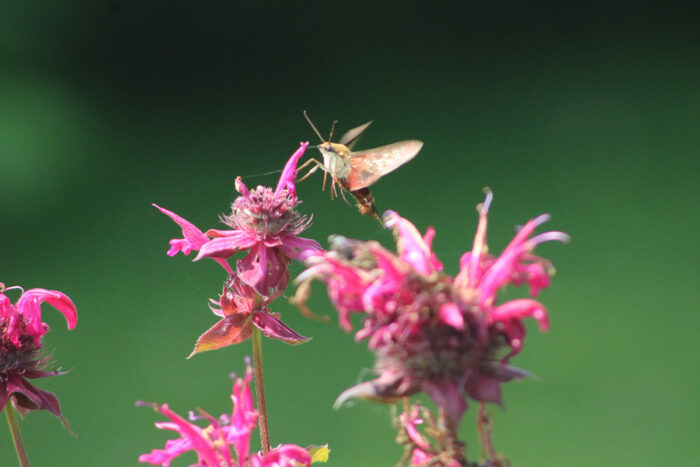
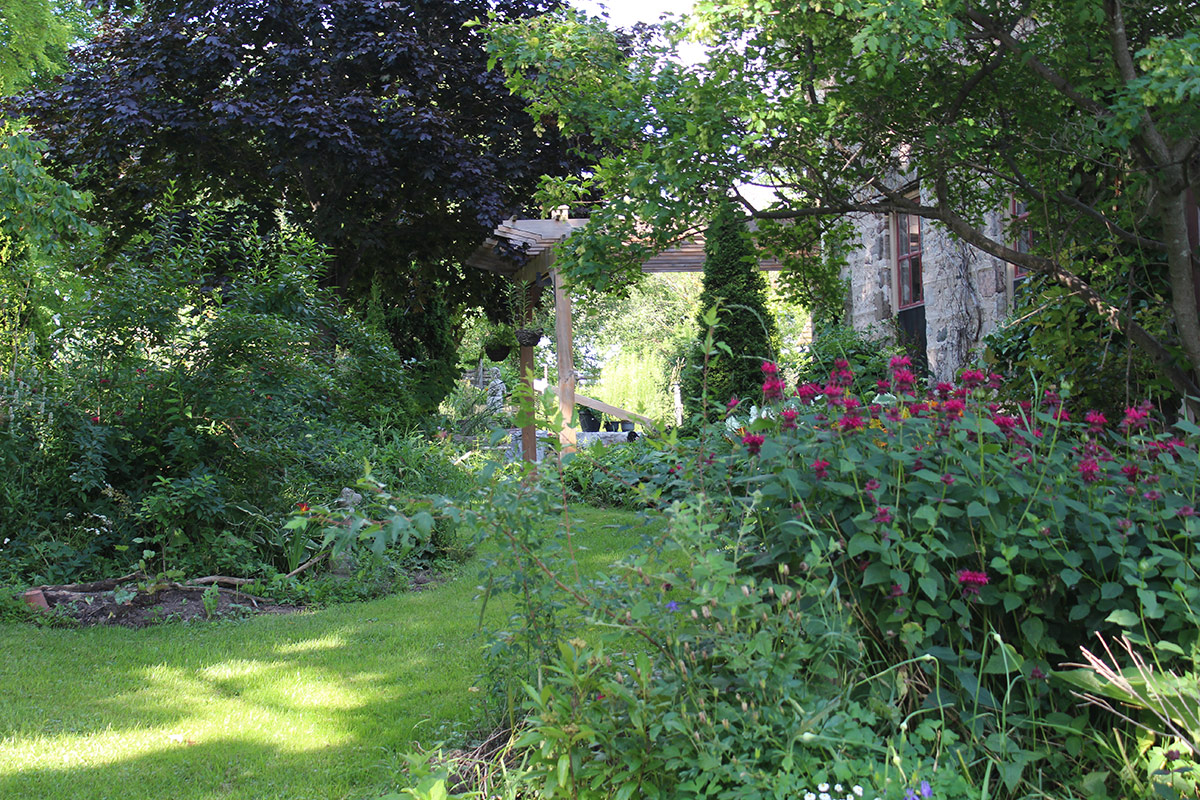
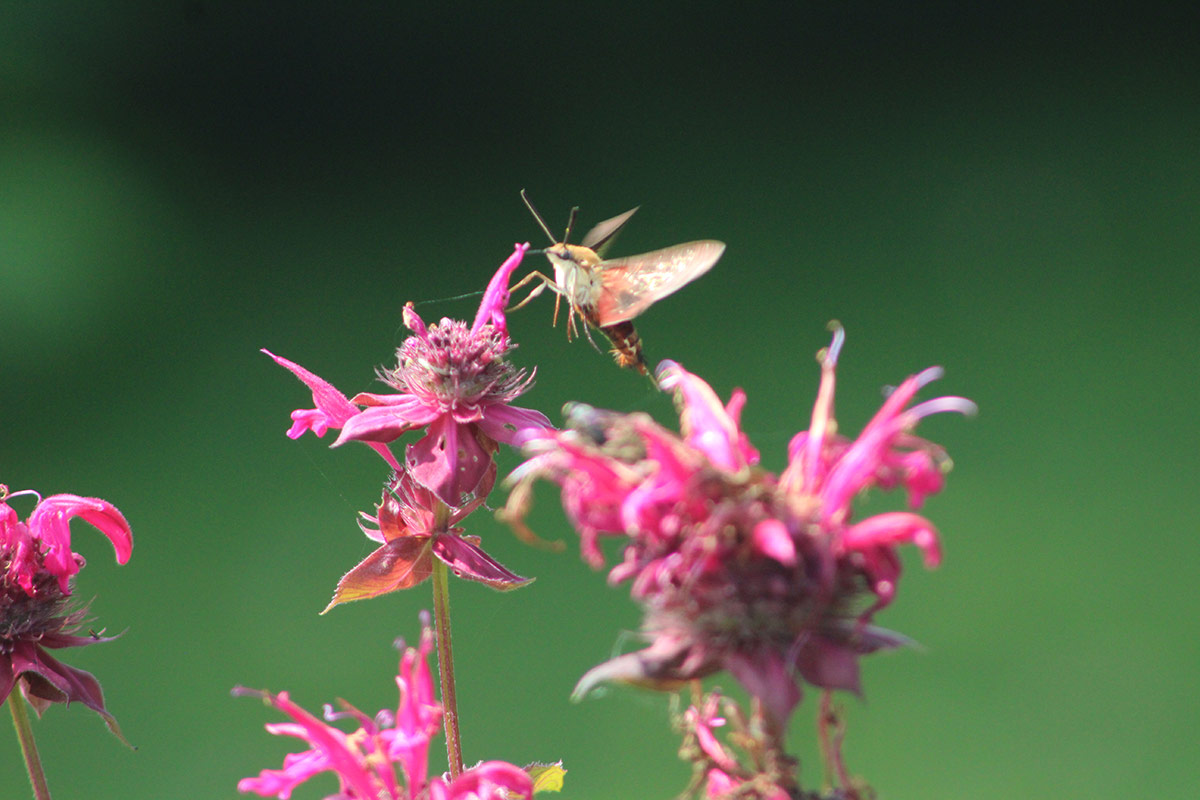
 A mini swarm of bees has descended on this thistle! I was thinking that photographing one or two bees hard at work was impressive, but Caroline makes it all look easy.
A mini swarm of bees has descended on this thistle! I was thinking that photographing one or two bees hard at work was impressive, but Caroline makes it all look easy.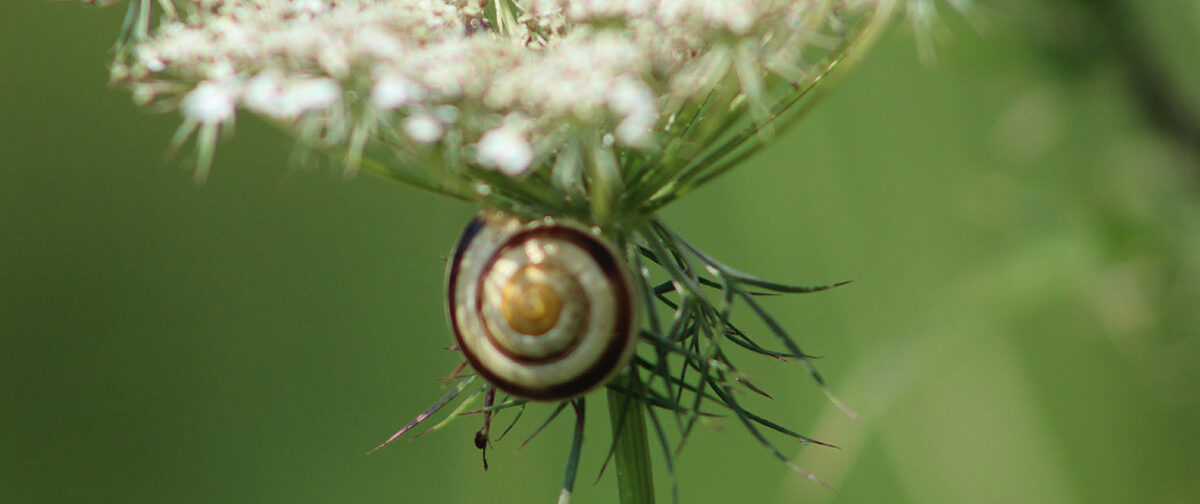
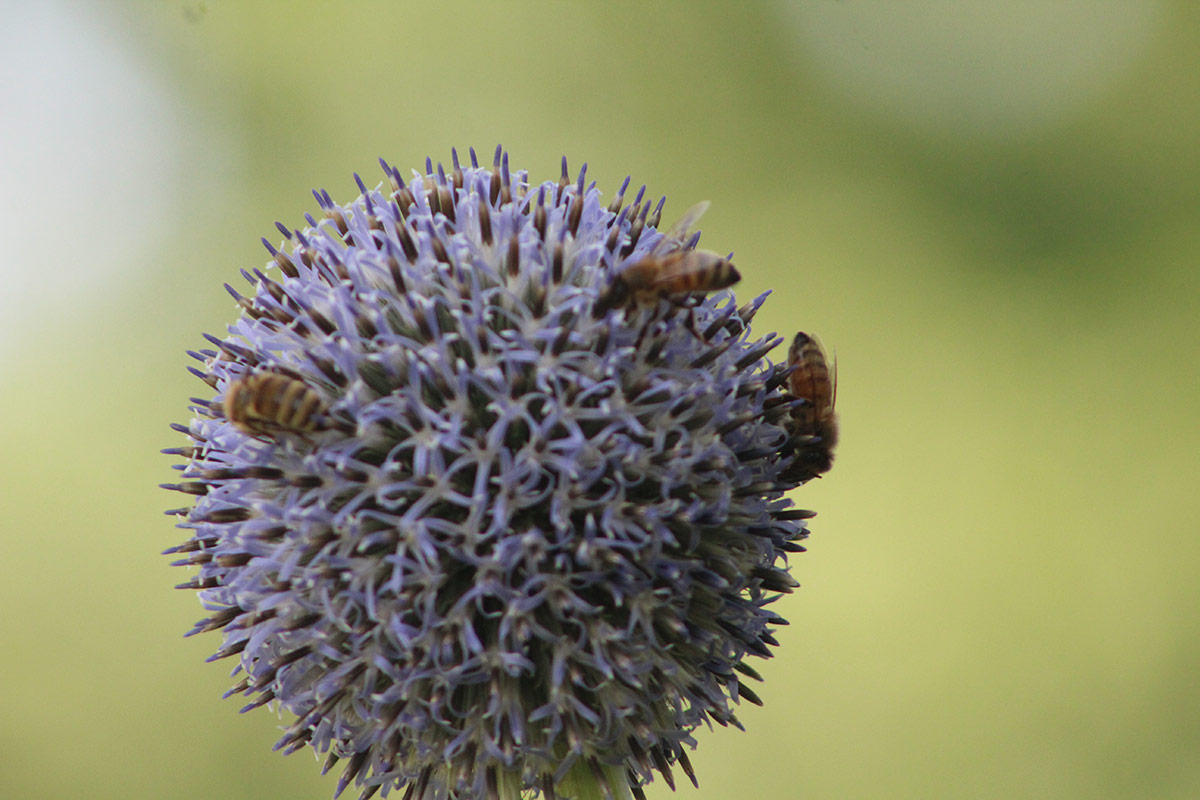
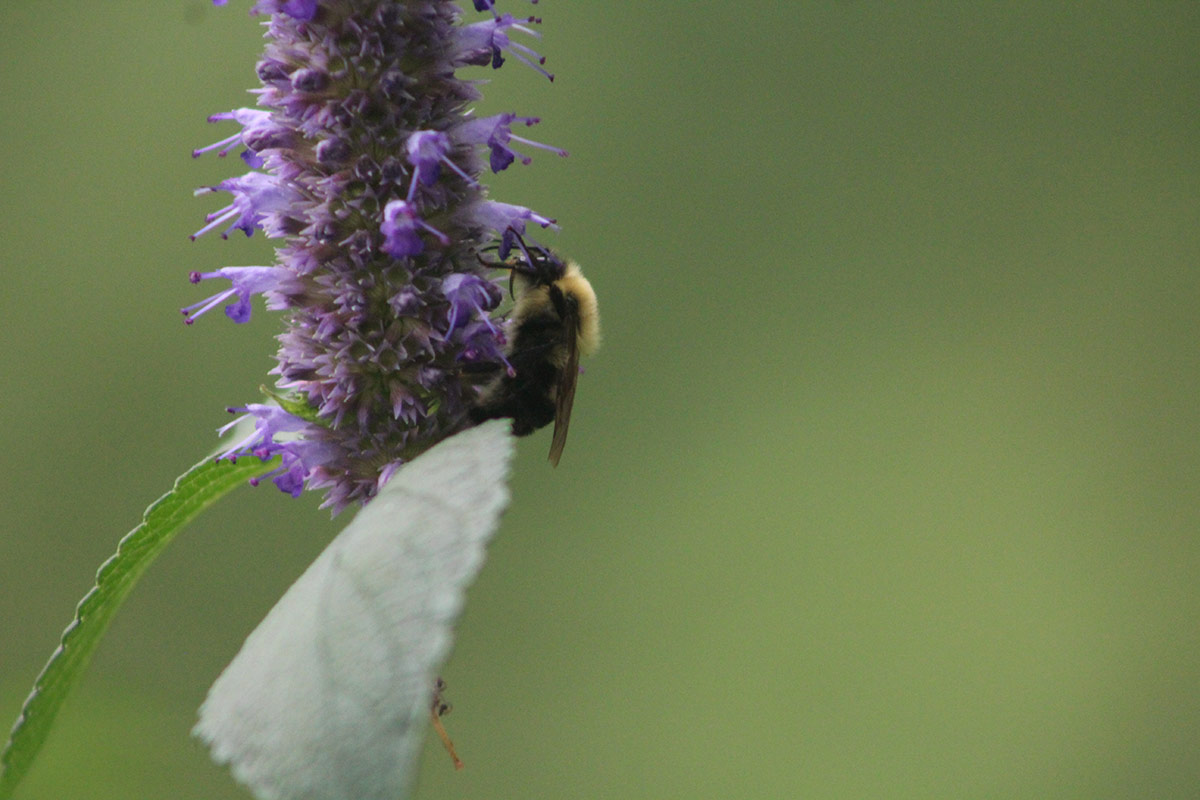
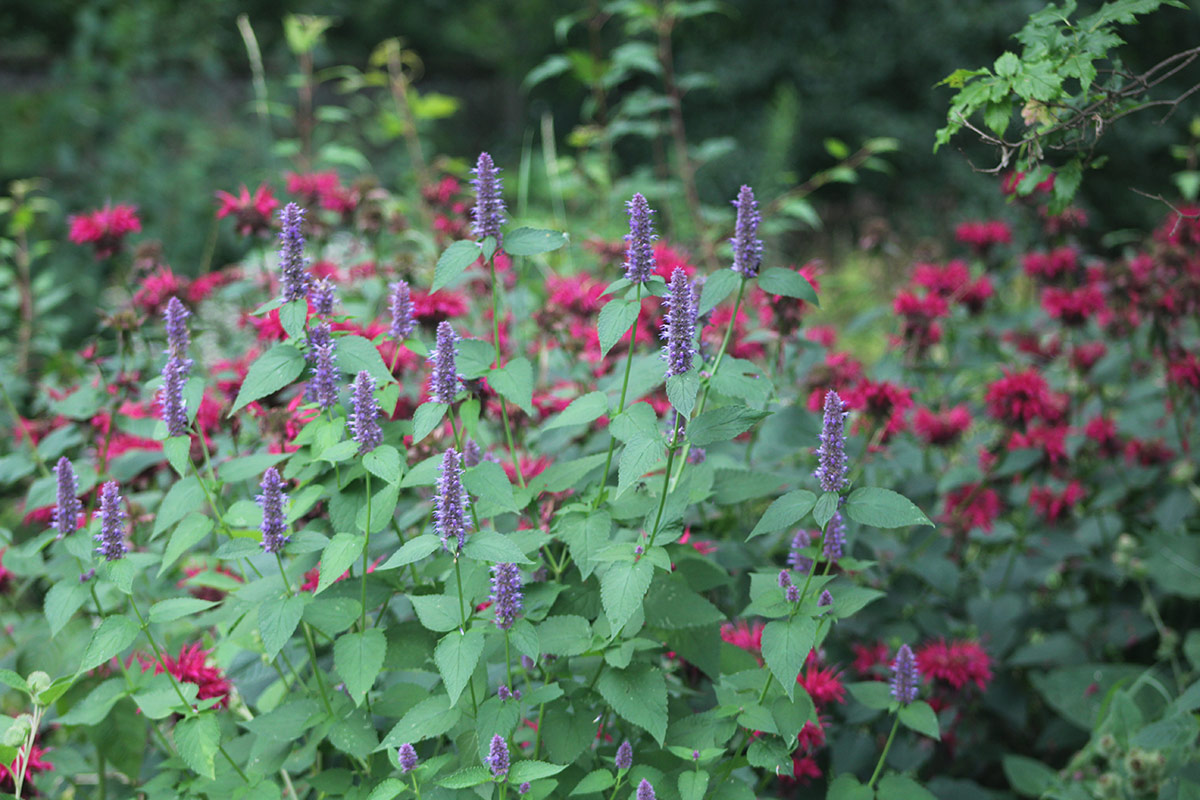
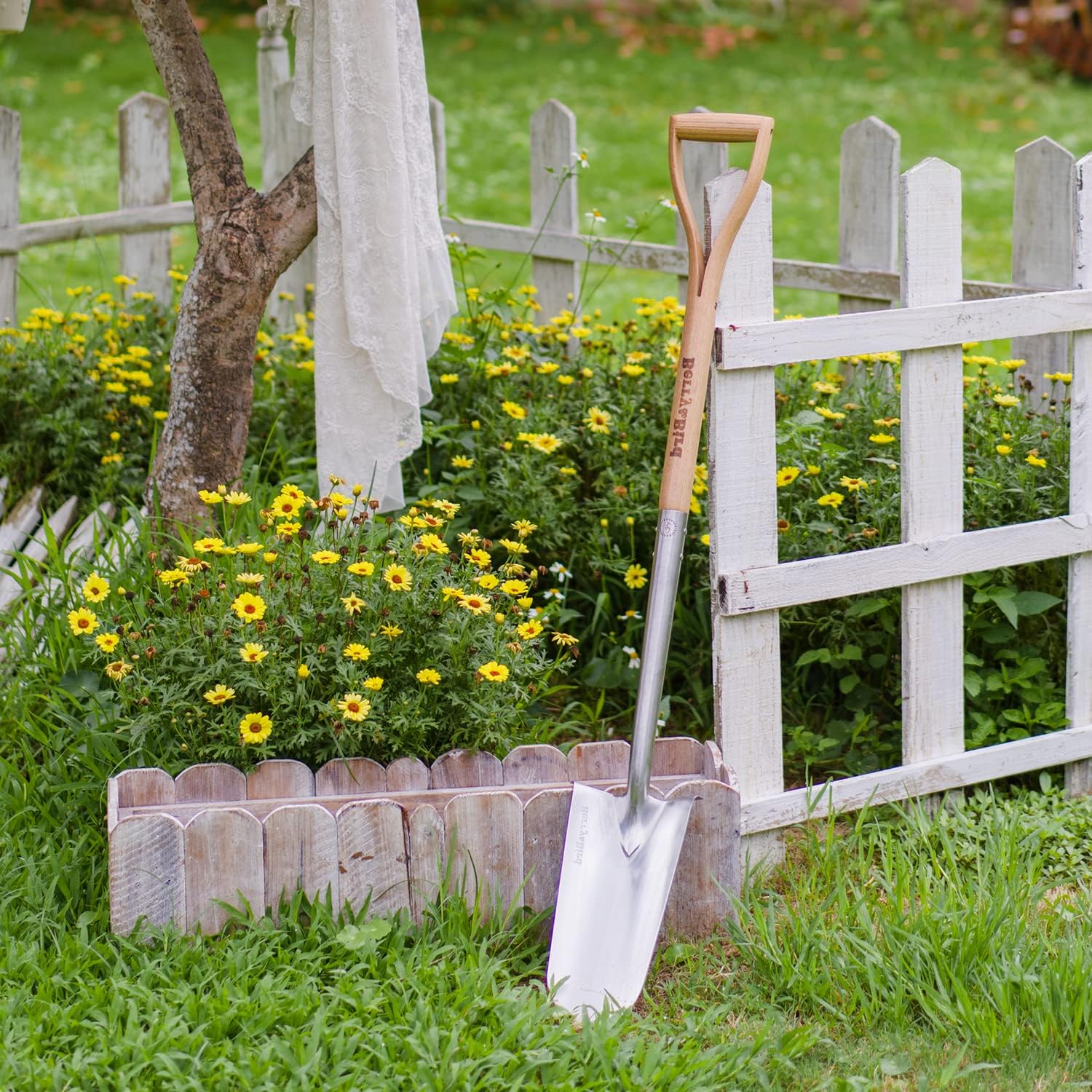
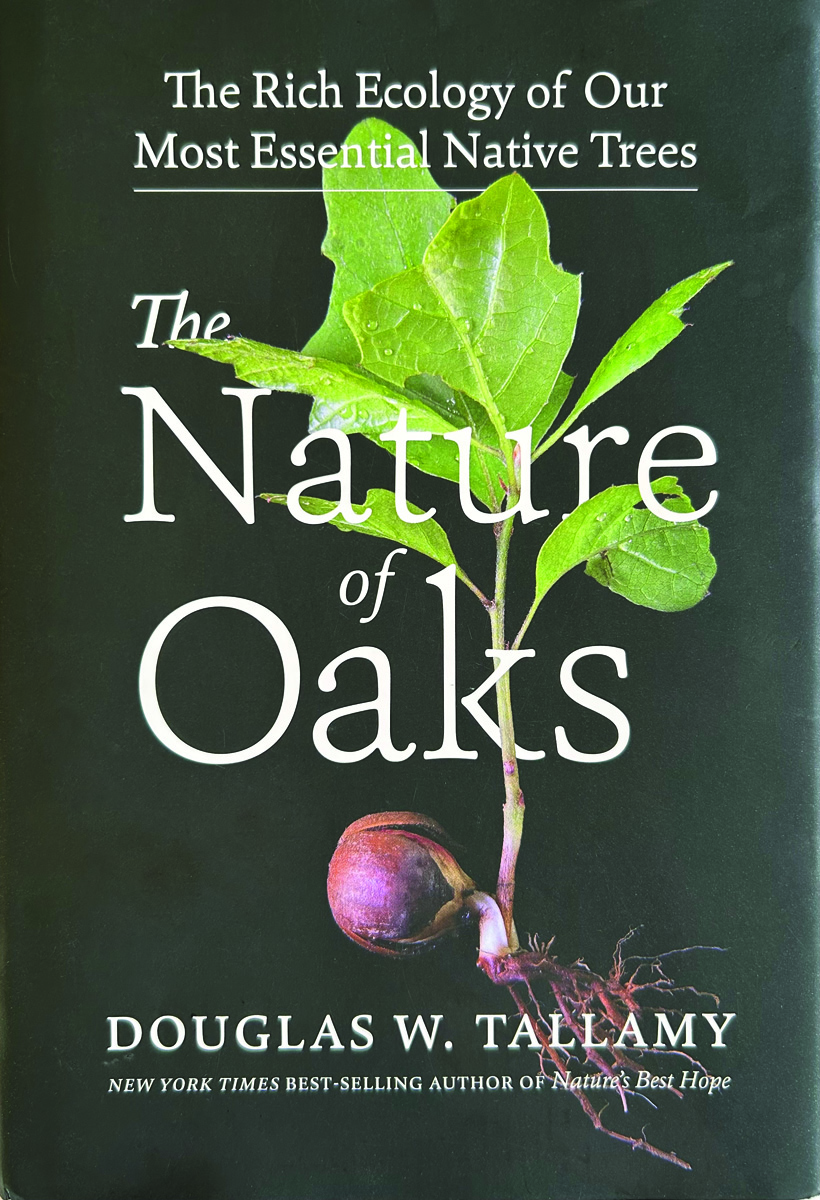






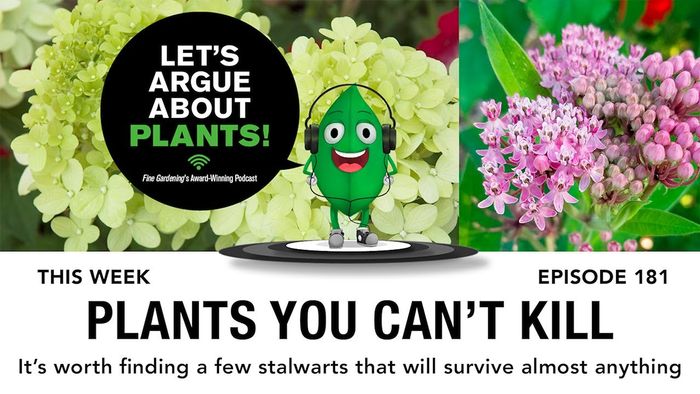
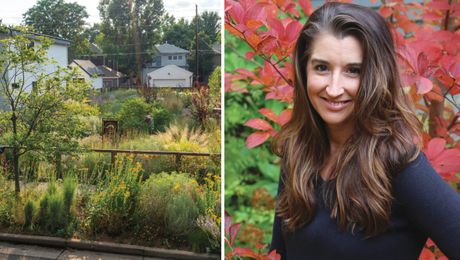
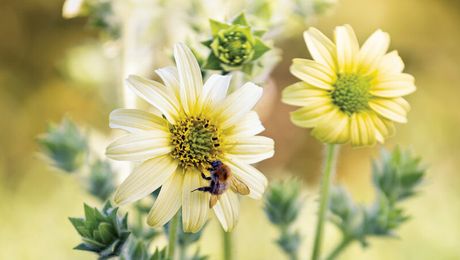
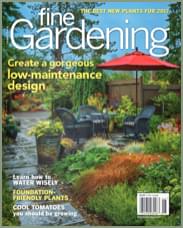

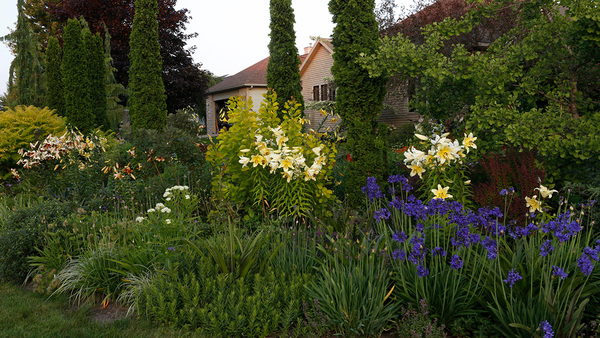




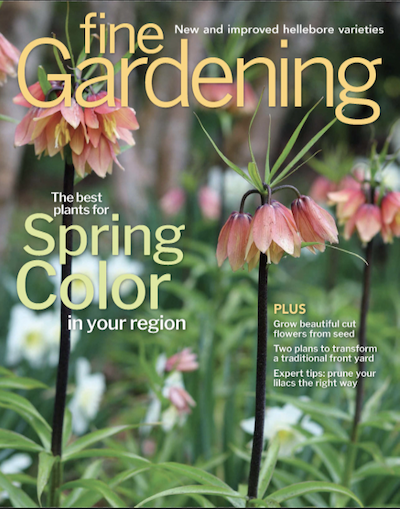


Comments
I said it yesterday and I'll say it again --- I love close-ups .
Lovely.
Wow, wow, wow! Your photo with the Monarda and stone house with wooden arbor are so pretty. I also really enjoyed your post from yesterday and today.
Learned about bees liking purple flowers, and have been inspired by yesterdays post of your butterflies on thrifted plates- I plan to do the same this year in my garden!
This has been my favorite post in a long time! I am also a pollinator gardener, but I am not as good at photography. Love your photos! Congratulations for being an ecological gardener and doing your part to save our insects!
Your garden is bee and butterfly approved! That last photo of the pink and purples is especially beautiful.
Log in or create an account to post a comment.
Sign up Log in